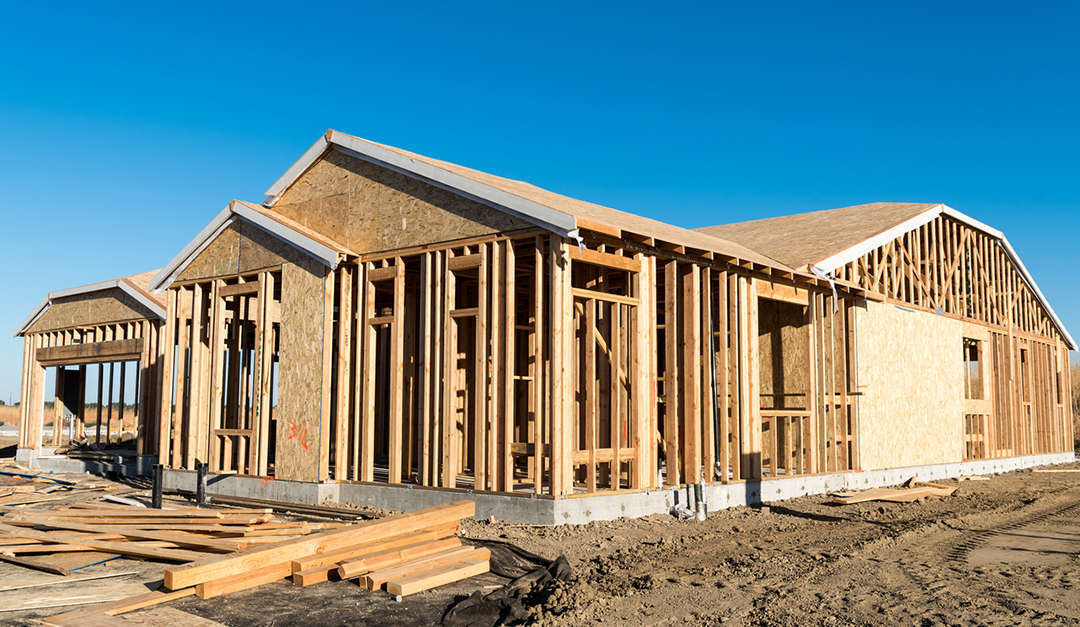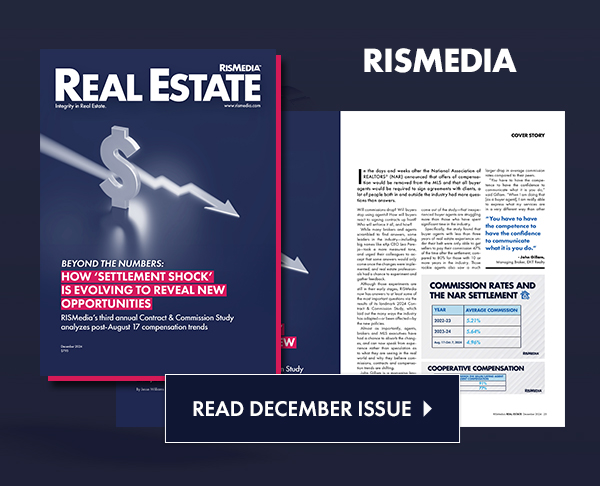July experienced a significant rise in single-family production, according to the latest U.S Housing Development and Commerce Department report on housing starts, released Tuesday. Housing starts increased 22.6 percent to a seasonally adjusted rate of 1.496 million units.
Single-family starts increased 8.2 percent to a seasonally adjusted rate of 940,000, after an upward revision from June’s estimate of 869,000. In the multifamily sector, condo and apartment building rates in July increased to 547,000 over June’s 355,000 pace.
Regionally, year-over-year overall housing starts (both single- and multi-family) are 6.9. percent higher in the Northeast, 32.5 percent higher in the Midwest, 8.3 percent higher in the South and 1.9 percent higher in the West.
The Breakdown:
Housing Starts: 1.496 million (+22.6% month-over-month, +23.4% year-over-year)
Multifamily Permits: 547,000
Single-Family Permits: 940,000
Building Permits: 1.495 million (+18.8% month-over-month, +9.4% year-over-year)
Multifamily Permits: 467,000
Single-Family Permits: 983,000
Completions: 1.28 million (+3.6% month-over-month, +51.7% year-over-year)
Multifamily Completions: 364,000
Single-Family Completions: 909,000
What the Industry’s Saying
“New construction for both single-family and multifamily units ramped up sizably in July, up 23% from one year ago and almost matching pre-pandemic activity in the first quarter. Such growth is needed to steadily relieve the housing shortage. This kind of growth is also a major contributor to local economic recovery.
The rise of multifamily units may lead to an oversupply of apartment buildings, especially in city centers given the evident recent shift in consumer preference for single-family homes in the suburbs. Apartment rent growth could therefore be tough going ahead. The rise of single-family units is welcome, as overall inventory of homes for sale are down by 19% from one year ago and there is intense buyer competition in the market as a result. But new home construction is not rising in the West region where the inventory shortage is most acute. Overall, the numbers are good although many more months of such trends are needed. Expect inventory shortages for the remainder of the year and just maybe some semblance of a balanced market in 2021.” — Dr. Lawrence Yun, Chief Economist, National Association of REALTORS®
“An uptick in COVID-19 cases throughout the country did not stop the construction of new homes. This third month of continuing increases in home building activities demonstrates the optimism in the housing market amid the ongoing pandemic.” — Bill Banfield, Executive Vice President of Capital Markets, Quicken Loans
“Strong builder confidence and heavy buyer traffic point to further production gains in the near term, but the more than 110 percent jump in lumber prices since mid-April is adding approximately $14,000 to the cost of each new single-family home,” — Chuck Fowke, Chairman, National Association of Home Builders
“The market is being buoyed by historically low interest rates, a focus on the importance of housing and a shift to the suburbs as more buyers are seeking homes in suburban communities, exurbs and more affordable low density markets,”— Robert Dietz, Chief Economist, National Association of Home Builders
To see the full report, click here.












